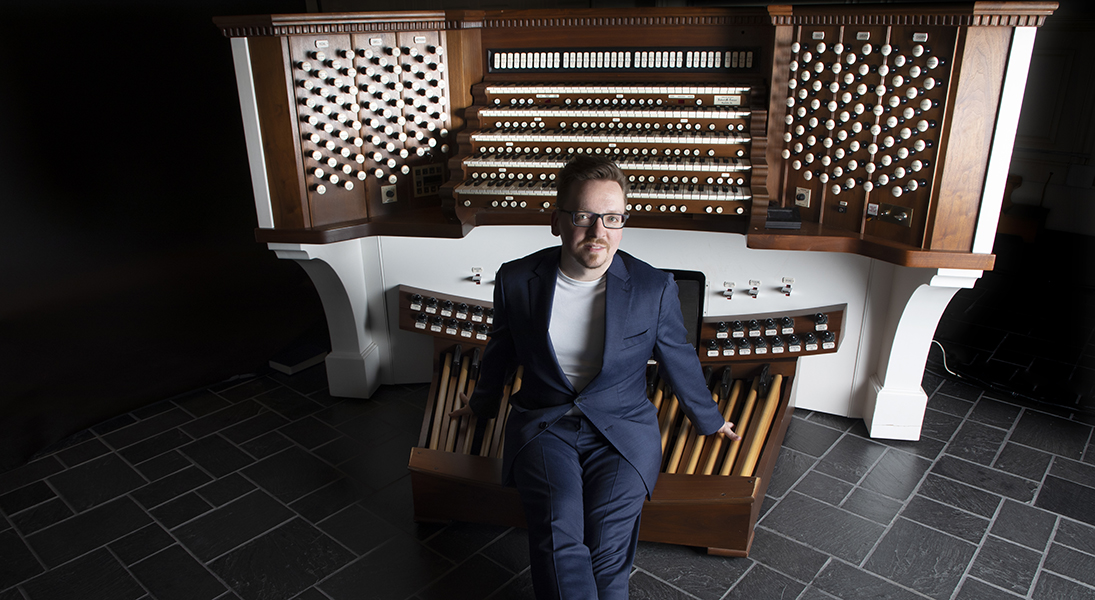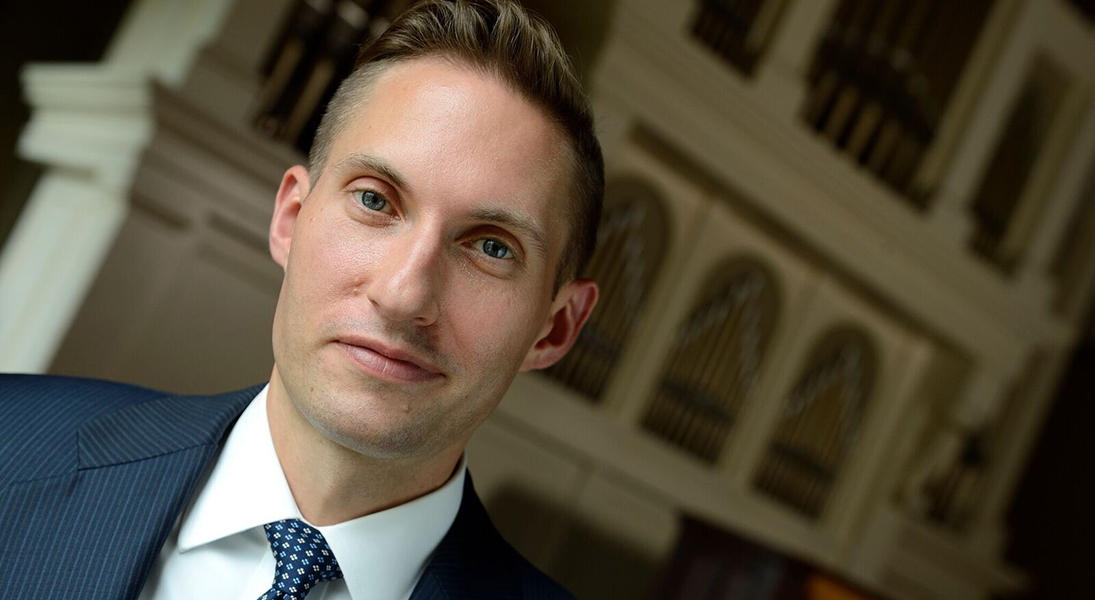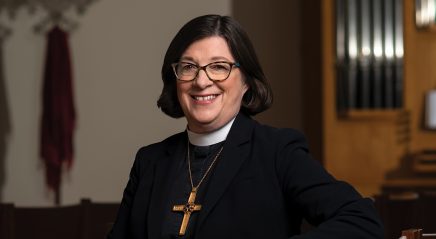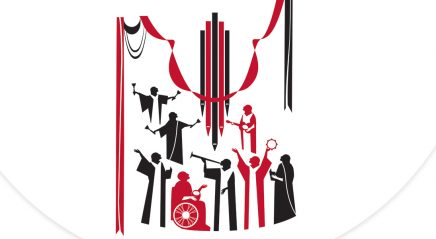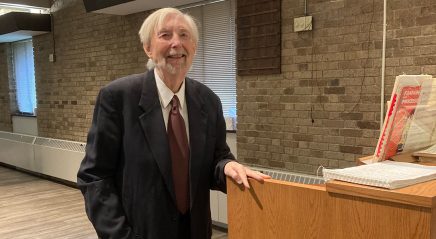When two noted Lutheran organists were asked whether traditional organ music was a dying art today, they replied with a resounding, “No!”
The ancient instrument is alive and well, enjoying a newfound resurgence in popularity, said Felix Hell, international concert organist and artist in residence at the Gettysburg, Pa., campus of United Lutheran Seminary, and Daniel Aune, organist and music director for Christ Lutheran Church, Baltimore, who coordinates organ studies at the Peabody Institute of the Johns Hopkins University.
“I believe that in terms of the music-making that is happening now, we’re in an organ renaissance,” said Hell, a Juilliard School graduate who was organ artist associate at St. Peter Lutheran Church in Manhattan for more than 20 years. “The young organists performing today are on a far higher level than they’ve ever been.”
Aune, who teaches young organ students in addition to giving lessons, agrees. “If the organ is in decline and no one wants to hear it anymore, then why do I get requests for organists all the time?” he asked, referencing the many emails he receives from churches and venues. But, he noted, there is a shortage of church organists.
“It’s only the perception that organ music is dying. It’s the same old perception that we’ve heard for decades about the church itself dying. We still have churches; we still have organs.”
Aune contends that the organ’s versatility and sound will ensure its popularity for centuries to come. His classes are thriving, as well as the courses, organ encounters and academies at other universities and schools. “Young people have a fascination with the organ, ” he explained. “It’s timeless.”
“It’s only the perception that organ music is dying,” he said. “It’s the same old perception that we’ve heard for decades about the church itself dying. We still have churches; we still have organs. It’s an instrument that has lasted for centuries. I don’t think a musical swing for a few decades will wipe out centuries of church musical history.”
The same qualities that mesmerized Hell at 7 years old attract students today to the organ. “As a boy, I thought the organ was the pinnacle of boring,” said the German native who divides his time between Germany and the United States. “But from the first note at my first recital, I was mesmerized by the power and variety of the organ. I fell in love with it. Afterward, when I could go see it … the keyboards, the hundreds of buttons and levers, I knew I needed to learn it.”
From those early beginnings, Hell became a gifted organist, performing at age 14 at the Gettysburg campus and working with the seminary for the past 25 years. His extensive work includes 13 albums and marathon performances of the entire works of J.S. Bach.
“It’s hard to beat the organ in terms of the depth of sound and variety of texture,” said Aune, who has been with Christ, a congregation of approximately 800 members, since 2011. “It can fill a space and lead so many people in singing. It can surround the sanctuary.
“It can be deafeningly loud, like a whisper, so low that the pews vibrate, and so high that dogs are going to start barking. It’s an amazingly versatile instrument.”
“Music and how it’s communicated is how we learn and what makes a congregation alive.”
Young families and seniors alike attend Christ’s traditional and contemporary services. “People in their 20s and 30s with families go to both services,” Aune said. “It isn’t as much of an age separation anymore [where] all the gray-haired members attend the traditional organ service and the young adults attend the contemporary service.”
Hell acknowledges that some people do think the organ is a dying art. “What I hear people argue is that the modern church prefers modern music. I disagree,” he said. “It’s like eating fast food. Despite the billions of burgers sold, no one would argue that a fast-food meal is more satisfying than home cooking. With a homemade meal, you’ll have comfort and memories. That’s what music should be. The meaningful deep music entertains me so much more than lighter fare.”
But while Christ has robust music, both Hell and Aune recognize that not all congregations have the means to produce rich organ programs. Not every church even has an organ.
Their advice for congregations that want to level up their music program is twofold.
Hell recommends that congregations keep an open mind and heart and never stop learning. “Learn from those with experience in the field,” he said. “Music and how it’s communicated is how we learn and what makes a congregation alive. Part of the job of church leadership is to recognize the talent in the congregation. There’s an abundance of it. Tap into it.”
Noting that Martin Luther placed the word of God and music as the most important evangelism tools, Aune suggested that churches invest in their music leaders. “It doesn’t have to be a ton of money, but let your music leaders go to a conference, or pay for their membership in an organization like the Association of Lutheran Church Musicians,” he said. “Being an organist is a vocation. It isn’t just a job. We don’t give up every weekend and major holiday and have rehearsals on weeknights for no reason. It’s our calling.”
Both Hell and Aune are available for pro bono consultation, and welcome hearing from congregations about their music programs.



